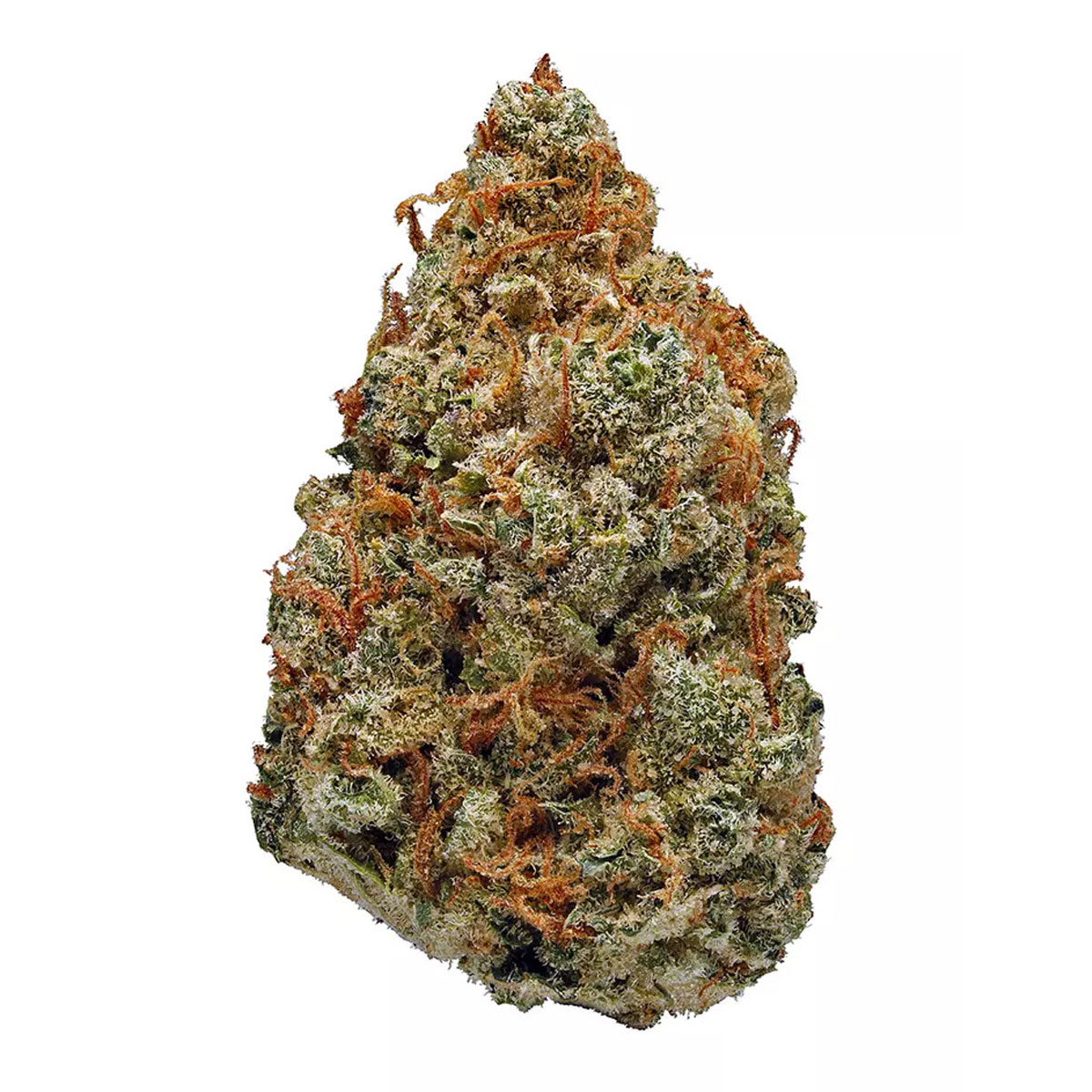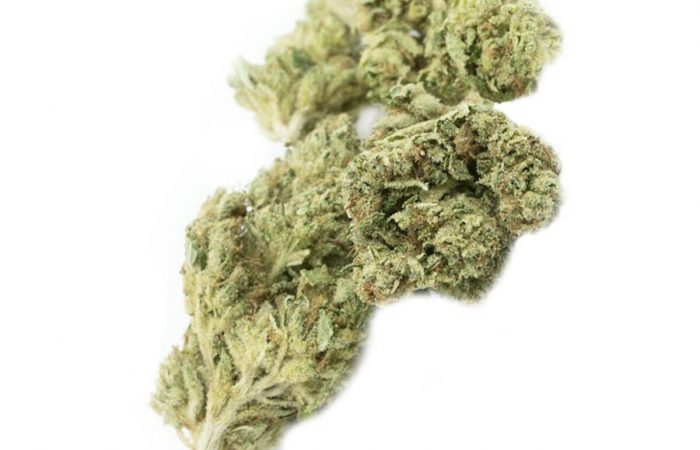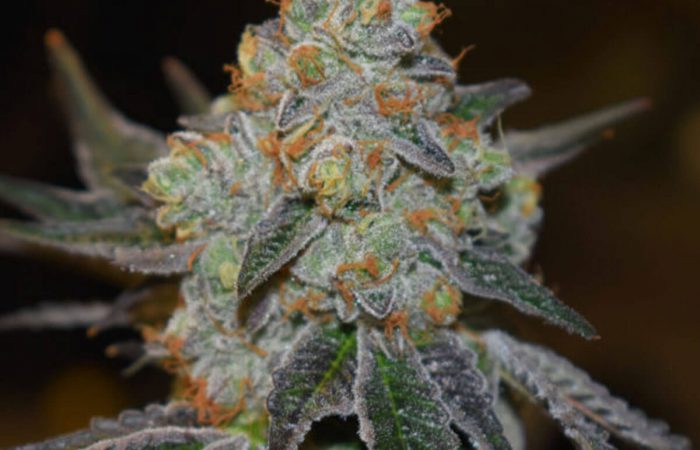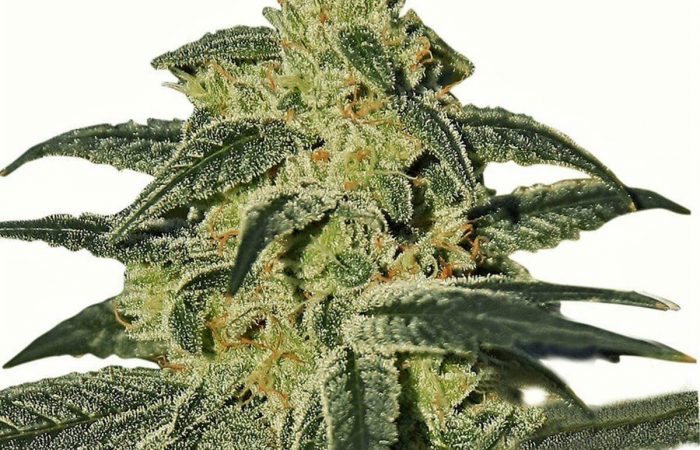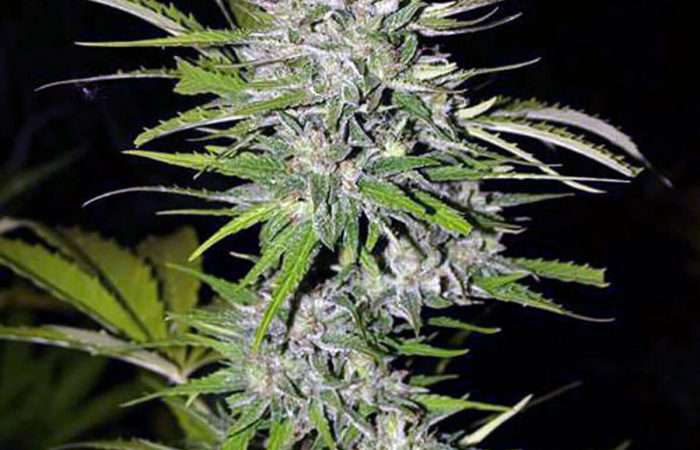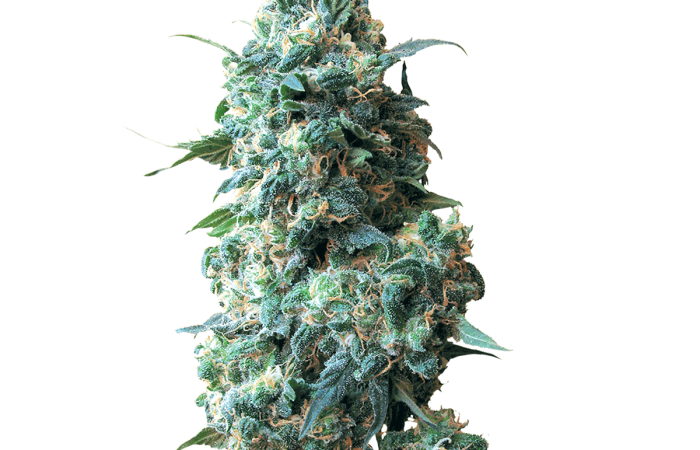LSD Auto takes 10 to 14 weeks from germination to harvest. It’s a short plant that grows to 90 to 120cm in height and is resistant to mold, powdery mildew, and spider mites. It also thrives and is a generous producer both indoors and out.
This plant’s hardy, steadfast genetics can take a few novice mistakes. It also isn’t picky about the soil medium but takes less work than its older photoperiod sibling.
The flowering phase of LSD autoflower seeds, like all auto types, doesn’t require continuous darkness to begin. Due to its ruderalis characteristics, the strain starts bearing fruit after a set period of time rather than upon the intervention of light. You can stick to the conventional 18-hour day. If you don’t mind paying for higher electricity costs, increase the amount of light to 20 or 24 hours a day for optimum flower output. You could get 400 to 650 per square meter with a combination of good lighting and optimal environmental conditions.
If you want to plant LSD Autoflower outside, germinate the seeds inside and then transplant or move them to the garden when their first set of leaves appears. LSD autoflower loves to bask in the sun and warmth of a Mediterranean-like climate. The plant can handle colder conditions, too, but won’t do well and likely die in a chilly environment.
Cultivate them between April and October, the warmest months of the year, for the biggest outdoor harvest. On average, you’ll get approximately 100 grams per plant minimum, with the potential to reach 400 grams per plant.
If you’d like to grow LSD Auto all year round, which is possible since the strain doesn’t need a lighting schedule, you can try the perpetual harvest method. After you’ve taken the most recent harvest, transfer vegging marijuana plants to the flowering area. Once this batch is in the fourth week of flowering, you can start to vegetate another one.
